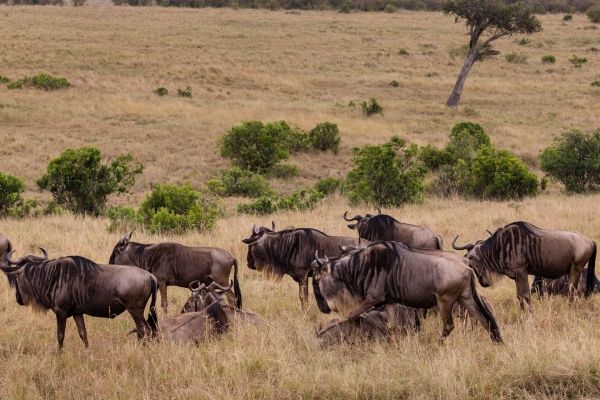The Serengeti plain of East Africa is one of the world’s great wild lands — teeming with lions, leopards and migrating wildebeest. But is it ecologically intact, a rare fragment of the earth unaltered by the hand of humanity? Or is it, as many researchers argue, a human-created landscape, nurtured by generations of Maasai cattle herders?
And should we care? In the Anthropocene, should conservation be about protecting iconic species, ecological intactness, nature’s resilience, or human custody of landscapes —whether in the Serengeti or other famed wild landscapes such as the rainforests of the Congo basin or the vast tundras of Siberia and Canada?
These questions have all been addressed in three new research papers, all published this month, which reach very different conclusions on the nature we have, how to conserve it, and the best way to fulfil the UN call to make the 2020s a Decade on Ecosystem Restoration.
Read more at: Yale Environment 360
Photo Credit: antonytrivet via Pixabay


